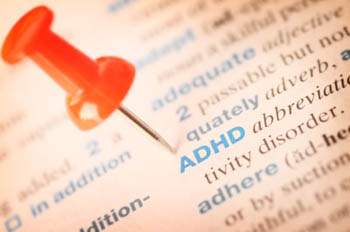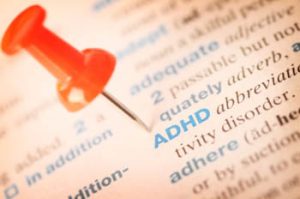
What is ADHD? An Overview – Part 2
 ADHD Treatment
ADHD Treatment
Successfully treating ADHD takes focus and guidance on the part of the parents. A strong partnership between the health care provider, parents or caregivers, and the child is essential.
For therapy to succeed, it is very important to set specific, appropriate goals to be followed by everyone involved.
A combination approach that includes medication and behavior therapy has a higher rate of success than either one of these tools alone.
Regular medical follow-ups are needed to check on goals, results and any possible side effects if medications have been prescribed. These check-ups are vital in order for the doctor to update information from parents, teachers and also the child.
In the event that treatment does not appear to work, the health care provider should reconsider the original diagnosis to verify that the child indeed has ADHD. In addition, it is wise to check for possible medical conditions that can cause similar symptoms but need to be treated differently. Furthermore, always make sure that the treatment plan is being followed as indicated by the physician.
Medication
Nothing is as controversial in the field of ADHD studies as the use (or misuse) of medications. Experts believe that a combination of medication and behavioral treatment works best for most patients. To further improve the chances of success, there are now several different types of ADHD medications in the market that may be used alone or in combination.
Stimulants are the most commonly used ADHD drugs. They have been prescribed the longest and their side effects have also been observed for a long time. Although these drugs are called stimulants, they actually have a calming effect on the brains of individuals with ADHD.
The most commonly prescribed drugs in this category are amphetamine (Adderall), dexmethylphenidate (Focalin), dextroamphetamine (Dexedrine, Dextrostat), lisdexamfetamine (Vyvanse) and methylphenidate (Ritalin, Concerta, Metadate, Daytrana).
There is currently a non-stimulant drug called atomoxetine (Strattera) that appears to work as well as stimulants and is less likely to be misused by patients.
Many parents faced with the prospect of medicating their children are concerned about ADHD medicines because some have been linked to rare sudden death in children with heart problems. Always talk to your doctor about which drug is best for your child.
Therapy and Changes to Family Routine
Do not overlook the importance of talk therapy for both the child and the family. It can help everyone understand the situation and gain control of the stressful feelings related to ADHD.
When parents realize that there are modifications they can make, such as a system of rewards and consequences, they feel empowered and in control again. As a result, they can better guide their child’s behavior by learning to handle disruptive behaviors. Support groups can help you connect with others who have similar problems.
Other useful ways to help your child with ADHD include making a point to communicate regularly with the child’s teacher as well as keeping a consistent daily schedule, including regular times for homework, meals, and outdoor activities. ADHD children also benefit from limited distractions in the child’s environment such as restricted access to TV or video games.
Always make sure the child gets a healthy diet with the inclusions of fruits, vegetables and fish. Regular patterns of sleep are key to a healthy brain in both children and adults. Try to “catch” your child doing things right. Always praise and reward good behavior.
It will be easier for the child to fulfill your expectations if you provide him or her with clear, concise guidelines.
References:
National Institute of Health, MedlinePlus. “Attention deficit hyperactivity disorder (ADHD)” http://www.nlm.nih.gov/medlineplus/ency/article/001551.htm Accessed September 21, 2011.
